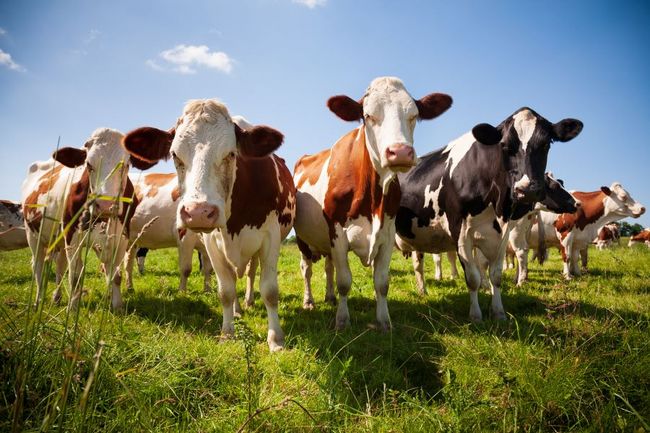✕

Column: industry Tag: milk testing,avian influenza Published: 2024-12-26 14:50 Source: www.foodingredientsfirst.com Author: Sade Laja

Dairy farmers will be required to share unpasteurized milk samples under new measures announced by the US Department of Agriculture (USDA) to better understand outbreaks of the H5N1 virus affecting dairy cattle. The dairy industry has welcomed the move.
Under its new National Milk Testing Strategy (NMTS), the government plans to track the nation’s milk supply and dairy herds. It hopes the federal order will increase its understanding of the virus’ spread and help pinpoint which states and herds are affected.
According to the government, this additional step, which builds on previous government requirements, is necessary to support the rapid implementation of biosecurity measures. These will be key to decreasing the risk of transmission to other livestock and protecting farmworkers.
The “highly pathogenic” avian influenza outbreak in dairy cows was first detected in March. This was the first time these bird flu viruses had been found in cows.
“Since the first HPAI detection in livestock, USDA has collaborated with our federal, state and industry partners to swiftly and diligently identify affected herds and respond accordingly. This new milk testing strategy will build on those steps to date and will provide a roadmap for states to protect the health of their dairy herds,” says agriculture secretary Tom Vilsack.
“Among many outcomes, this will give farmers and farmworkers better confidence in the safety of their animals and ability to protect themselves, and it will put us on a path to quickly controlling and stopping the virus’ spread nationwide. USDA is grateful to our partners who have provided input to make this strategy effective and actionable and we look forward to continued collaboration in seeing this through.”
New testing requirements
The strategy includes three new requirements. Dairy farmers must share raw milk samples, and herd owners with positive cattle must provide epidemiological information, enabling contact tracing and disease surveillance. Lastly, private laboratories and state veterinarians must report positive results to the USDA from tests done as part of the NMTS.
Matt Herrick, executive vice president and chief impact officer for the International Dairy Foods Association, tells Food Ingredients First that the news was positive for the industry.
“We welcome the new, more comprehensive effort by USDA. As any new H5N1 sampling or testing programs are discussed and implemented by federal and/or state agencies in the US, IDFA has continued to work on behalf of our dairy processing members to ensure the efforts support and enhance the culture of food safety and consumer confidence that our industry has cultivated for decades,” he says.
According to the Centers for Disease Control and Prevention (CDC), it was confirmed in April that one human was infected after exposure to dairy cows in Texas. This is thought to be the first instance of likely mammal-to-human spread of the H5N1 virus.
The CDC reports that as of December, there are 16 US states with cow outbreaks and 774 dairy herds affected by the virus.
The first round of testing under the new requirements is scheduled to begin on December 16.
Previous:China lifts UK pork import ban, sparking potential £80M industry revenue boost
Next:The Best-Selling Beer In The US Is Imported From Another Country
Hot key words
Hot Products
Popular Vendors